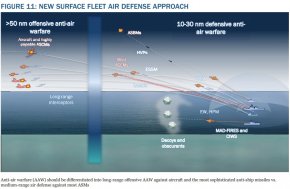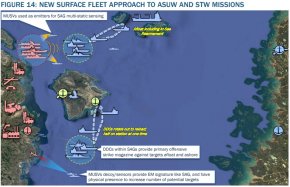They may not even have to speed construction much. The wonderful thing about the way the US does things is they always have a new ship coming down the line. They just build another ship at the end. They already ordered long lead items for LHA-9 in may 2020, long before the fire. Bougainville is LHA-8. Also a lot of the pull out items from B.R. With such a large fleet, and ships already in the pipeline they might be able to narrow that 5 year gap even more through planning and shuffling.
Bougainville is expected to enter in 2024, but that seems a long way into the future for a build of an existing class (although further modifications for F-35b were made), BR was built in 3 years. They may be able to beat that 2024 date, they could already be on track to beat that, historically they get faster with each ship they build of a type. Which again further closes that gap. With that kind of gap, it doesn't seem particularly worthwhile to reactivate. As mentioned in the reports, reactivation or repair, would significantly tie up existing yard capacity.
But with delays on carriers, and now this. Now might be a good time for allies to step up. I'm sure both the Navy and the American administration are all ears in regards to any offers regarding detachments, training, deployments etc. Particularly in the IndoPacific.


